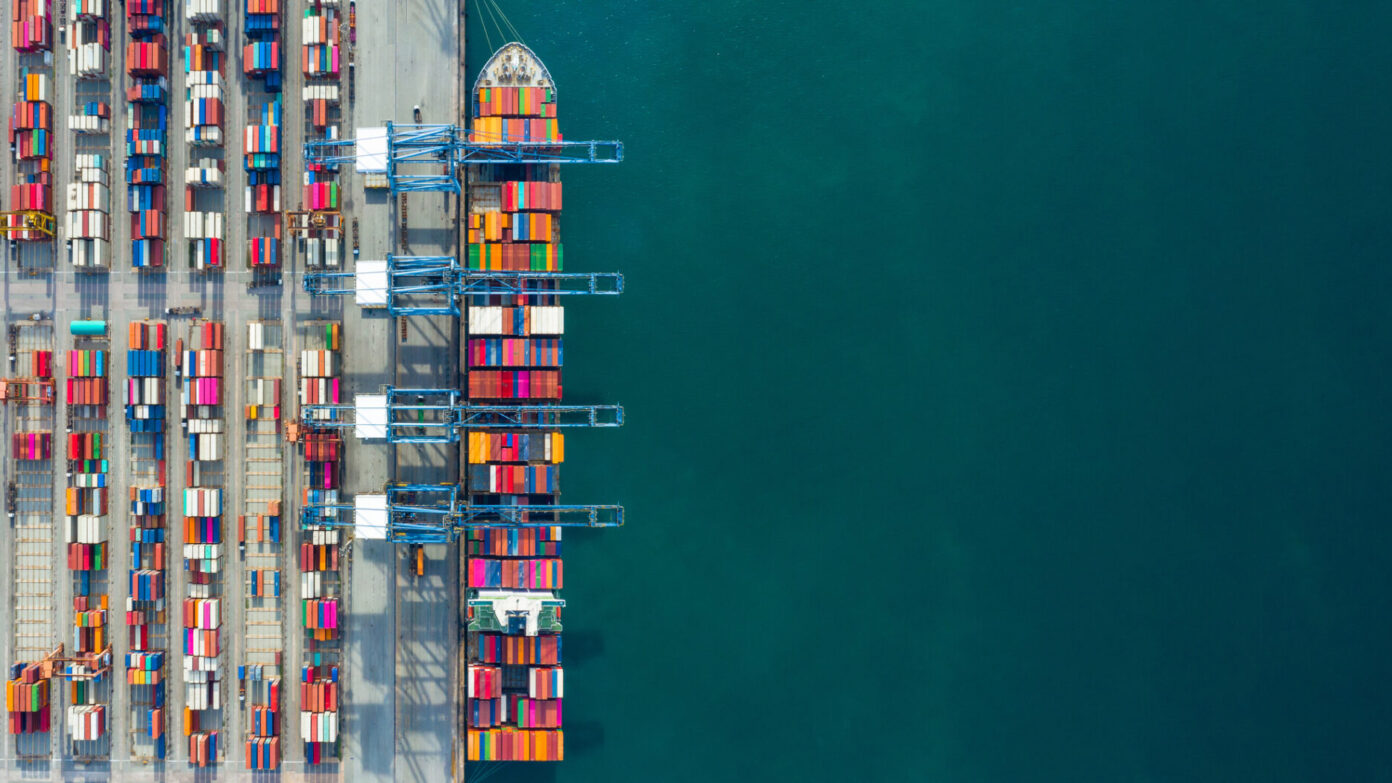As supply chain patterns evolve, ASEAN is more relevant than ever


Businesses of all sizes are having to grapple with issues ranging from rising inflation to conflict in Europe and renewed lockdowns in China. Amid these uncertainties, commerce remains an important driver of economic growth, with Standard Chartered predicting global trade will grow by 70 per cent to USD30 trillion by the end of the decade.1
Already a key driver of global economic growth, ASEAN’s trade and innovation hub status is set to help propel it to become the world’s fourth largest economy by 2030.2 Home to many of the world’s highest growth markets and the fastest developing internet market in the world3, the region is also a significant contributor to the international drive of sustainable development.
Companies seeking to realise the full opportunities of ASEAN will need a strategy that adopts a comprehensive, pan-ASEAN approach which leverages the region’s unique place at the intersection of the global trends that will power trade in the coming decades.
One of the key trends of recent years is the diversification of supply chains. As companies looked to find new manufacturing hubs, ASEAN emerged as an excellent alternative given its diverse yet complementary markets. In particular, markets from Indonesia to Malaysia and Vietnam are benefitting from the global supply chain shift. For example, foreign direct investment in Malaysia4 and Indonesia5 reached record highs in 2021 and the first quarter of 2022 respectively.
Yet, while this shift has seen ever-more businesses establish a foothold in the region, many are yet to make the most of being based in ASEAN. Instead of focusing their strategy on a single country or business area, companies should recognise that ASEAN offers the best advantages when businesses take a regional approach.
As well as a solid economic performance which generates a combined GDP of more than USD3 trillion,6 ASEAN’s 660 million-strong7 population enjoys a more favourable demographic profile than mature markets such as China or the US. The region’s population is young, digitally savvy and increasingly prosperous. For businesses, this means ASEAN not only provides a base from which to diversify supply, but it also offers diversification of demand and the workforce too. By 2030, consumption is forecast to more than double to USD4 trillion8 while 40 million people will be added to the working-age population.9
ASEAN is also a key hub from which to trade with the rest of the world at a time when trade is becoming increasingly regionalised. While historically trade has been driven by multilateral agreements arranged by global agencies, more and more countries are choosing to negotiate trade agreements at a bilateral or regional level. In recent years, ASEAN member states have signed up to Asia Pacific trade pacts such as the Regional Comprehensive Economic Partnership (RCEP),10 as well as agreements with China,11 the European Union,12 India13 and the US14, among others, giving them access to the biggest markets in the world with reduced trade barriers.
Indeed, ASEAN is a destination of choice for corporates from China, Europe, the UK and the US who want to access global trade corridors. Foreign direct investment flows from the US into ASEAN reached a 10-year high of USD35 billion in 2020.15
In addition, ASEAN is at the forefront of the push to create a more sustainable and digital world. Both individually and as a bloc, ASEAN members have published ambitious sustainability commitments including net-zero targets. To that end, countries are harnessing technology to green their economies. An example of ASEAN’s innovation-driven approach is the Cirata Floating Photovoltaic Power Plant in Indonesia. When completed, it will be one of Southeast Asia’s largest floating solar projects and generate enough electricity to power 50,000 homes and offset 214,000 tons of CO2 emissions.16
Partnerships between public entities and private companies are also a core pillar of ASEAN’s sustainability strategy. Standard Chartered, along with DBS Bank, Singapore Exchange and Temasek, founded Climate Impact X (CIX), a global carbon exchange that allows participants to buy and sell carbon credits.17
Importantly, ASEAN countries are working to ensure global trade is more equitable and sustainable by using digital technology to integrate small and medium-sized enterprises (SMEs) into the global supply chain. Most recently, Singapore and the UK signed a Digital Economy Agreement which will advance end-to-end digital trade including encouraging SMEs participation.18
This spirit of co-operation is key to ASEAN’s success. And for businesses looking to invest and expand in ASEAN, having local, reliable partners who can help navigate the nuances of the different economies is vital. As the only international financial institution present in all 10 ASEAN markets, we are helping businesses achieve their full potential in the region and beyond.
At a time when trade headwinds are increasing, the commercial benefits for companies operating in a large, prosperous economic region like ASEAN are more relevant than ever. To succeed, companies will need to build new partnerships with local industry players, government agencies and trusted financial advisers who can help them effectively develop a pan-regional approach to better capitalise on ASEAN’s unique opportunities.
And the ASEAN opportunity is definitely worth the investment.
1 https://standard-chartered-ca.altis.dev/en/banking/banking-for-companies/future-of-trade-2030/
4 https://research.sc.com/research/api/application/protected/rp/api/data/render/219536
5 https://tradingeconomics.com/Indonesia/foreign-direct-investment
6 ASEAN Key Figures 2021, ASEAN Secretariat, page 33
7 https://www.aseanstats.org/wp-content/uploads/2021/12/ASEAN-KEY-FIGURES-2021-FINAL-1.pdf
8 World Economic Forum, Future of Consumption in Fast-Growth Consumer Markets: ASEAN, June 2020, page 12
9 https://theaseanpost.com/article/future-consumption-asean
11 https://asean.org/free-trade-agreements-with-dialogue-partners/
12 https://www.europarl.europa.eu/thinktank/en/document/EPRS_BRI(2020)659337
13 https://asean.org/free-trade-agreements-with-dialogue-partners/
14 https://ustr.gov/countries-regions/southeast-asia-pacific/association-southeast-asian-nations-asean
15 ASEAN Statistical Yearbook 2021, page 138
17 https://www.climateimpactx.com/
18 https://www.aseanbriefing.com/news/singapore-signs-digital-trade-deal-with-the-uk/